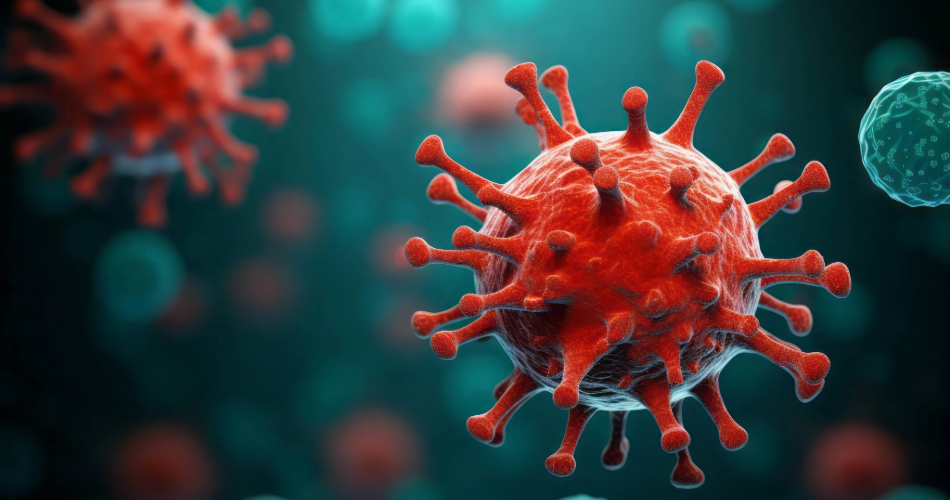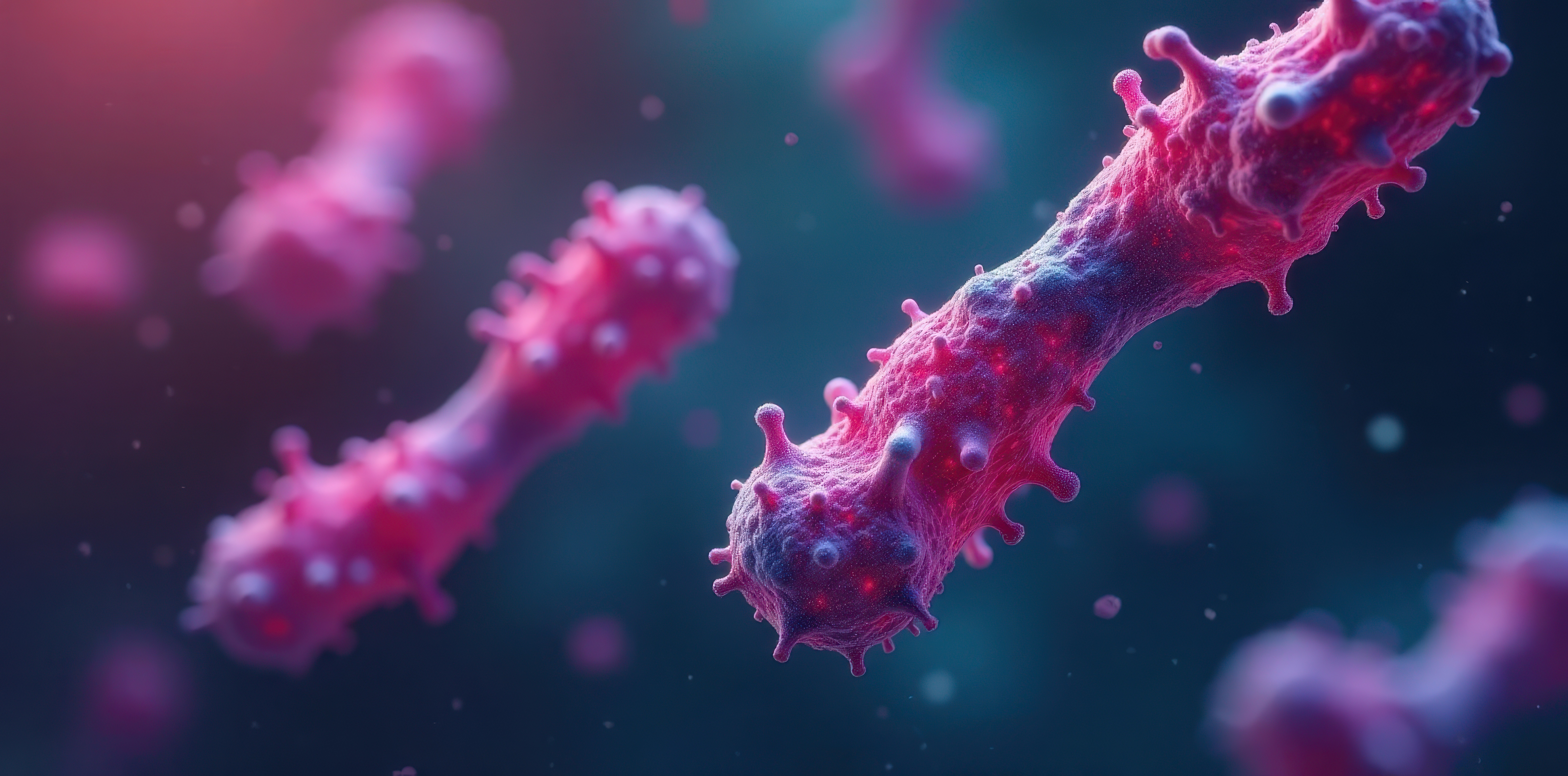
Traditional tissue biopsies are a vital aspect of current medical practices which help us diagnose a vast array of diseases. Whilst these traditional techniques have undoubtably saved many lives, they are invasive and are often unable to diagnose early stage disease. Liquid biopsy is less invasive and has the potential to enable much earlier diagnosis (see our blog Minimally invasive, maximum potential: liquid biopsy is redefining diagnosis).
First and second-generation liquid biopsy methods have been available for a number of years, but advancements in whole genome sequencing, the availability of big data, and improvements in machine learning have enabled the development of third-generation liquid biopsy methods. First-generation liquid biopsy methods concentrated on targeting individual digital signals, second-generation methods analysed multiple digital signals, whereas third-generation methods enable the detection of analog signals based on small variations from the physiological state.
Methylomics is one method that can be used in third-generation liquid biopsy assays. The method is used to assess the methylation levels of circulating DNA, such as cell free DNA (cfDNA) (see our blog Making the detection of cancer in liquid biopsies more sensitive).
DNA methylation
The enzymatic addition of a methyl group to a cytosine base of DNA leads to the epigenetic silencing of a gene. This epigenetic silencing can be beneficial in some cases but devastating in others. Methylation is a vital component of gene regulation and is necessary for cellular function and development. However, abnormal DNA methylation can have detrimental effects and lead to diseases such as cancer, lupus and muscular dystrophy.
Using methylation patterns to identify cancer early
Epigenetic silencing of tumour suppressor genes and other cancer-related genes through methylation occurs even in the early stages of cancer. The methylation signatures resulting from these changes enable early cancer diagnosis because the signatures of patients with cancer and patients without cancer can differ significantly. The development of new assays and the improving methods of genome analysis mean that these differences can start to be used to detect cancer at a much earlier stage. Early diagnosis can often lead to a better prognosis for patients.
It has been reported that the benefits of using DNA methylation analysis arise from the biological characteristics of DNA methylation. Methylation is present in large numbers throughout the genome, and this enables deep sequencing of methylation regions that are identified as particularly informative for cancer detection.
There are a number of different ways to perform methylation analysis, with different methods having various benefits. Methylation analysis can be done in a targeted way or at a whole genome level.
Jin et al. (2021) recently reported the development of a single-tube methylation-specific quantitative PCR colorectal cancer assay which is capable of analysing samples with tiny amounts of tumour DNA. The assay is effective at detecting early-stage (stage I and II) cancer and premalignant polyps. It is also considered to be valuable for post-treatment monitoring. This is an excellent example of a targeted assay for the assessment of DNA methylation, and such methods will be extremely useful in the detection of cancers in specific patients or as part of a panel of similar methods in screening.
A Nature Communications publication from a team at The Institute of Cancer Research presents an exciting new methylation profiling method. In this paper, Cresswell et al. (2020) present the analysis of the metastatic cascade and ctDNA profile of LEGACY (clinicaltrials.gov: NCT02126800) patients 1 and 2. As part of their analysis, the team developed a new methylation profiling approach applied to ctDNA that allows the evolution of subpopulations of cancer cells in plasma to be tracked at single molecule resolution, without prior knowledge of the mutational profiles of solid metastases. The method involves the high-depth targeted bisulfite sequencing of two methylation regions. Specifically, two different loci on chromosome 5 were used as methylation molecular clocks: IRX2 and ZNF454. Methylation levels from the tissue were conserved in the ctDNA, indicating that methylation clocks are a stable marker of cell fate and could be useful in future assays to monitor tumour status and evaluate the effectiveness of treatment. Additionally, the high-resolution single-molecule data costs considerably less to generate than whole-genome sequencing.
Whilst whole genome methods are expensive at present, it is possible that whole genome methods may be extremely beneficial in the future. Such methods are not commonplace at present, but exciting results were published last year. Liu et al. (2020) presented data to demonstrate a method methylation analysis of cfDNA which simultaneously detected and localized >50 cancer types, including high-mortality cancers that lack screening paradigms. In addition to these impressive numbers, the identification of tissue origin was over 90% accurate and the method enabled cancer detection with over 99% specificity across all stages of cancer development. This clearly shows the promise of the technique.
The Liu et al. (2020) method was established through the use of whole genome bisulfate sequencing (WGBS) and the subsequent design of a targeted methylation panel. The 2020 sub-study publication forms part of a larger Circulating Cell-free Genome Atlas study (CCGA; NCT02889978) designed to discover, train, and validate an assay for multi-cancer detection and localization. This second sub-study used a methylation-based WGBS because the method outperformed targeted sequencing and WGS approaches targeting single-nucleotide variants, small insertions/deletions, and copy-number variants, respectively. The results of the 2020 sub-study provide further evidence to show that their initial finding was justified.
Room for further innovation?
Whilst results are extremely impressive and give a lot of hope for its use in the future, additional findings also show that there is room for further innovation.
The Liu et al. (2020) tissue origin percentages and the >99% specificity findings are fantastic, but there appears to be room for development in terms of sensitivity. In pre-specified cancer types sensitivity was 39% (CI: 27% to 52%) in stage I, 69% (CI: 56% to 80%) in stage II, 83% (CI: 75% to 90%) in stage III, and 92% (CI: 86% to 96%) in stage IV. In all cancer types sensitivity was 18% (CI: 13% to 25%) in stage I, 43% (CI: 35% to 51%) in stage II, 81% (CI: 73% to 87%) in stage III, and 93% (CI: 87% to 96%) in stage IV.
These data are by no means disappointing, they are an excellent achievement, but the development of improvements through sequencing innovations, advancements in machine learning, and the availability bigger datasets could improve the sensitivity further.
In addition to sensitivity improvements, there are potentially many more inventive ways in which liquid biopsy techniques could be developed further in the near future. Such innovations need to be protected in an effective way. The patent laws regarding diagnostic methods are complicated and vary across the globe. It is therefore important to get tailored advice for your inventions to achieve the best possible protection.
It is clear that there is great promise for the use of third-generation liquid biopsy methods, such as methylomics, in the future. As assays are improved and new methods are developed, the technology will come closer to market and patent protection will be even more crucial. It is an exciting time for the field, and it will be interesting to see where the next advancement comes from.
Thomas is an Associate and Patent Attorney at Mewburn Ellis. Working in our life sciences team, Thomas drafts and prosecutes patent applications for both local and international clients. He has industrial experience which was gained whilst working for a plant biotechnology company during his undergraduate degree, and also has experience of working in technology transfer at The University of Manchester. Thomas has a BSc and PhD in Biotechnology from the University of Manchester, and has published scientific papers in the areas of metabolic engineering and biofuels.
Email: thomas.driver@mewburn.com
Sign up to our newsletter: Forward - news, insights and features
Our people
Our IP specialists work at all stage of the IP life cycle and provide strategic advice about patent, trade mark and registered designs, as well as any IP-related disputes and legal and commercial requirements.
Our peopleContact Us
We have an easily-accessible office in central London, as well as a number of regional offices throughout the UK and an office in Munich, Germany. We’d love to hear from you, so please get in touch.
Get in touch

